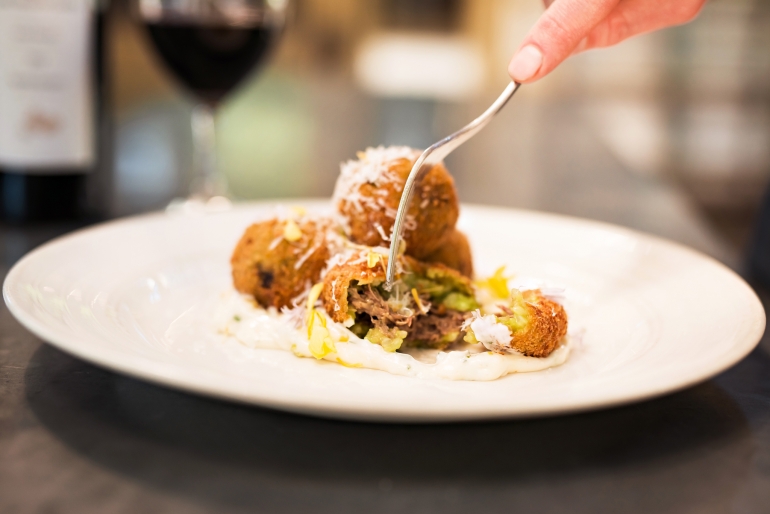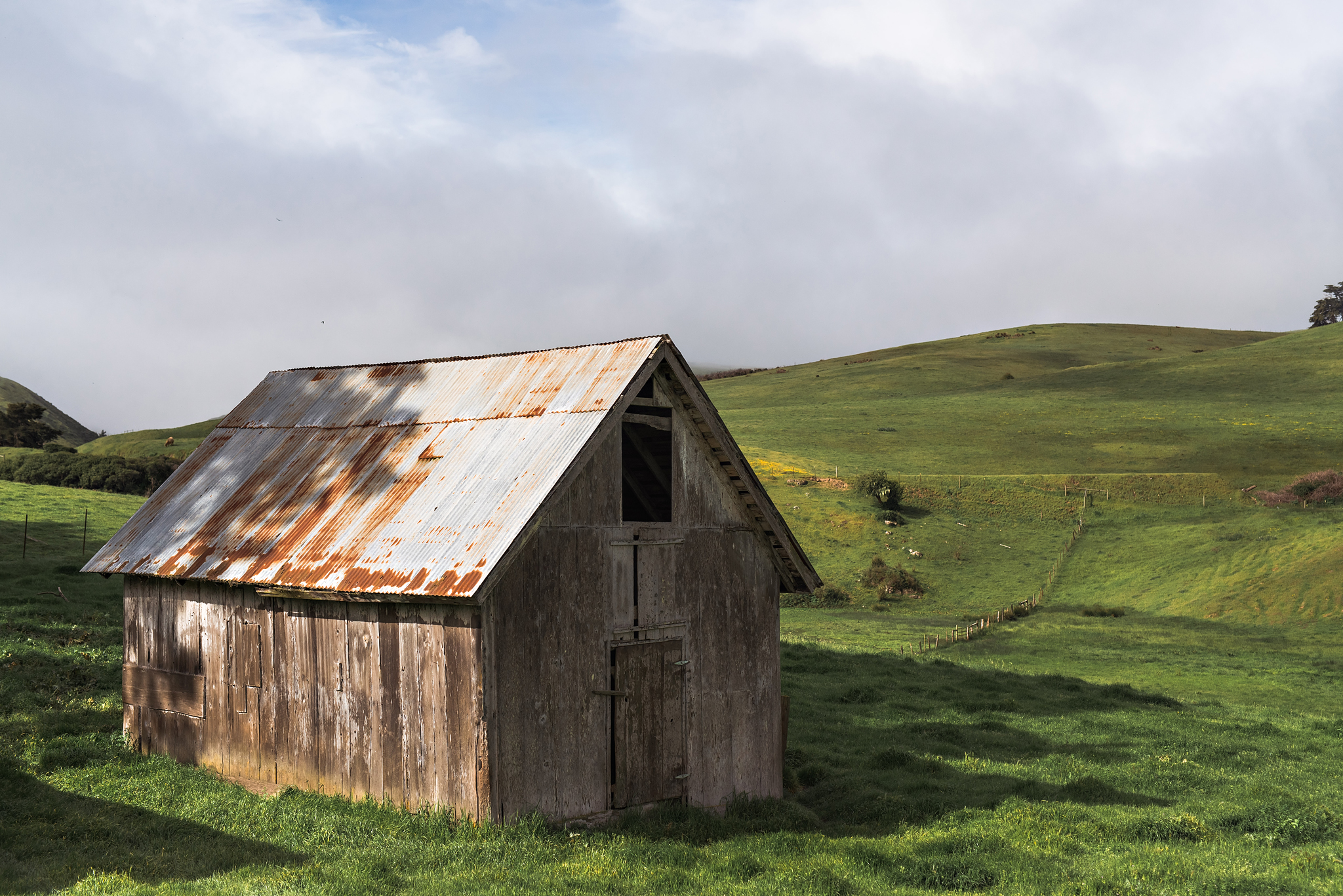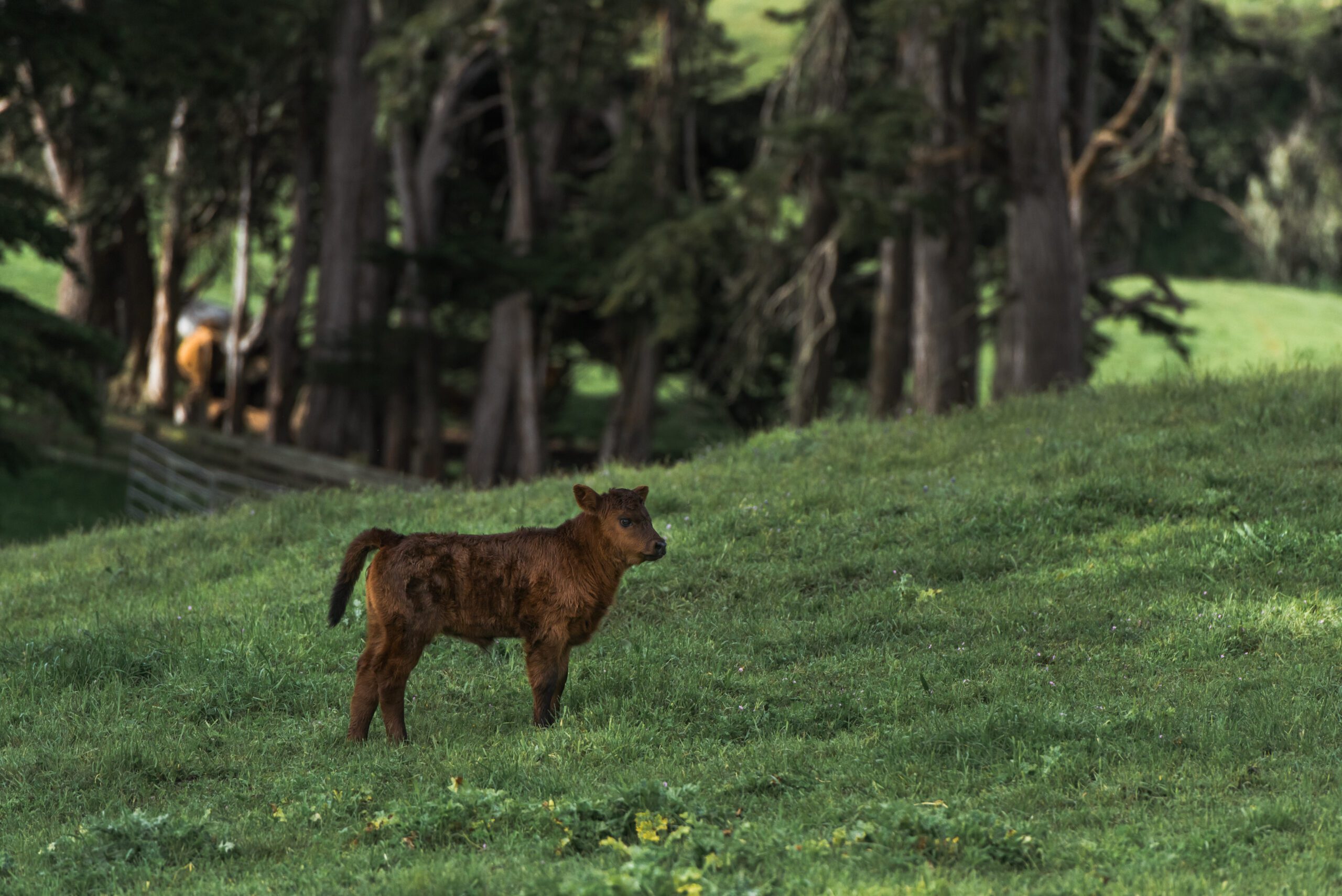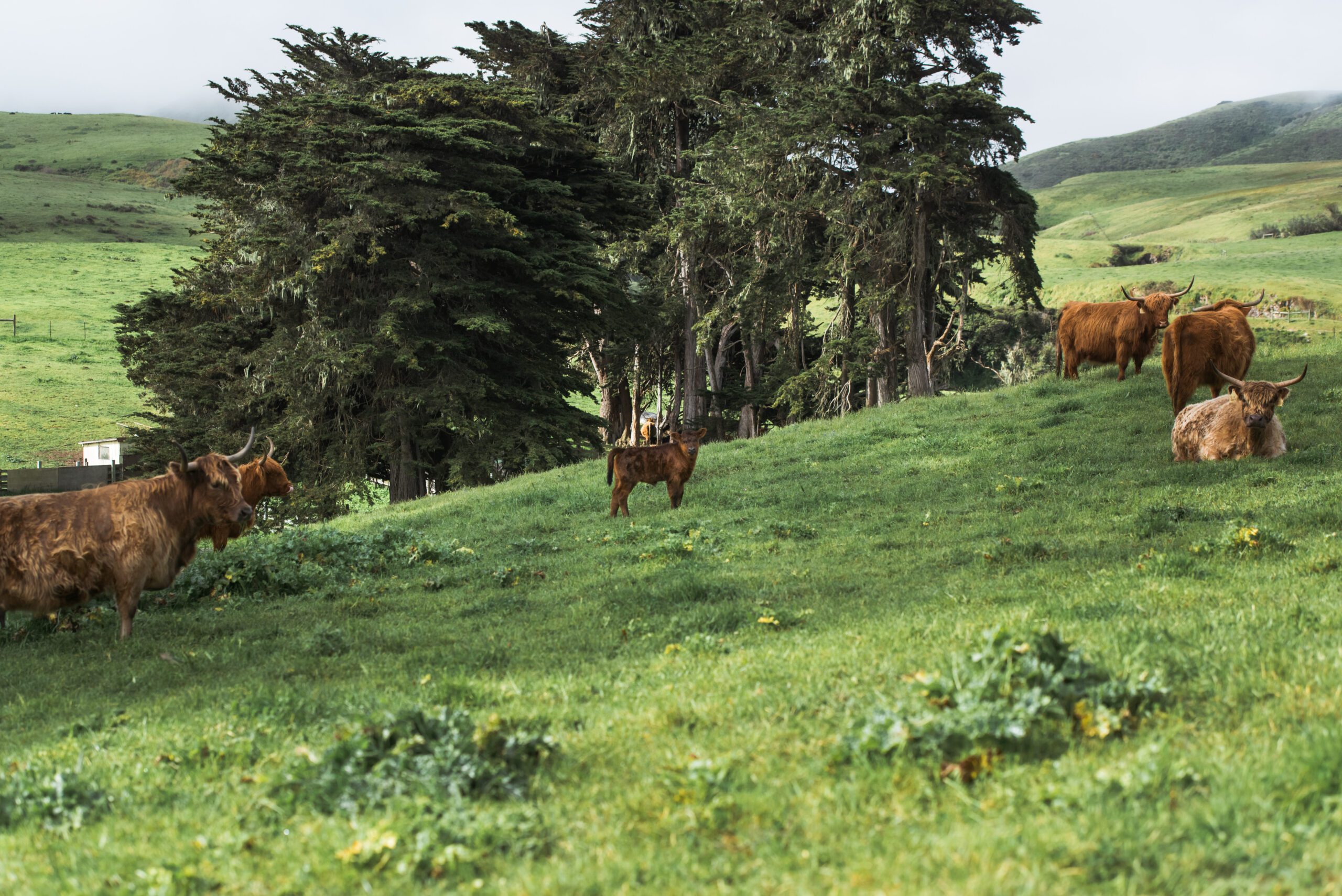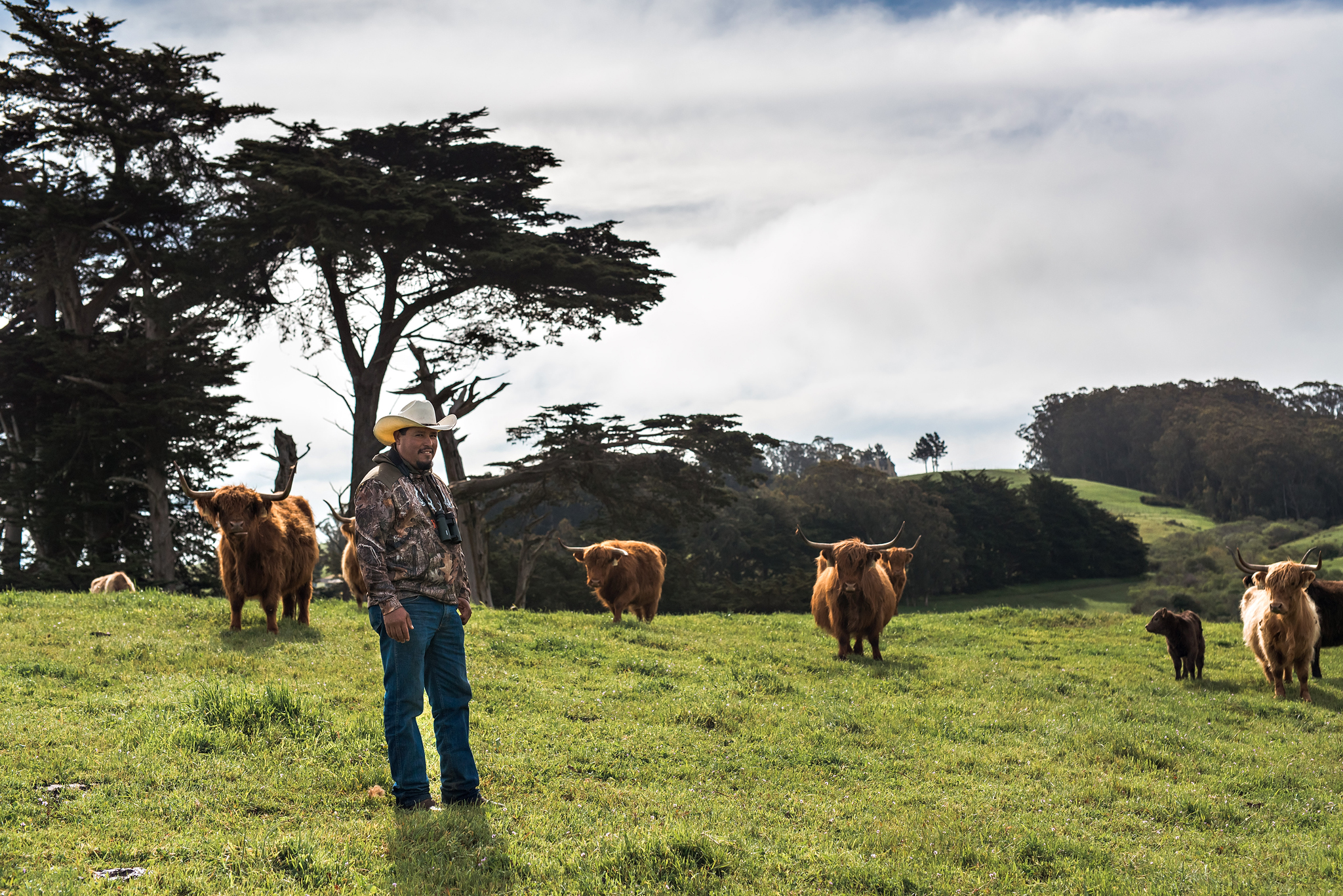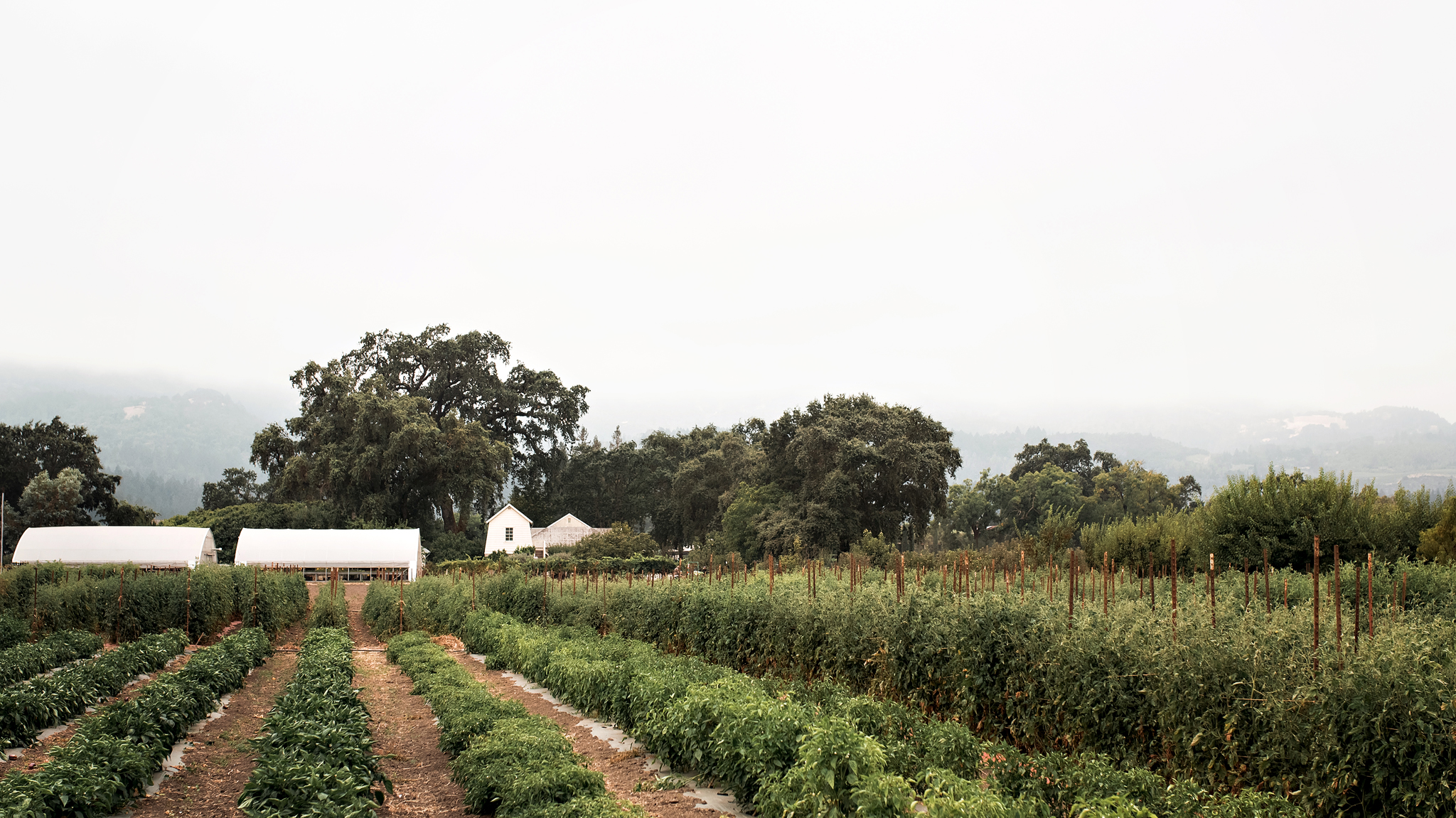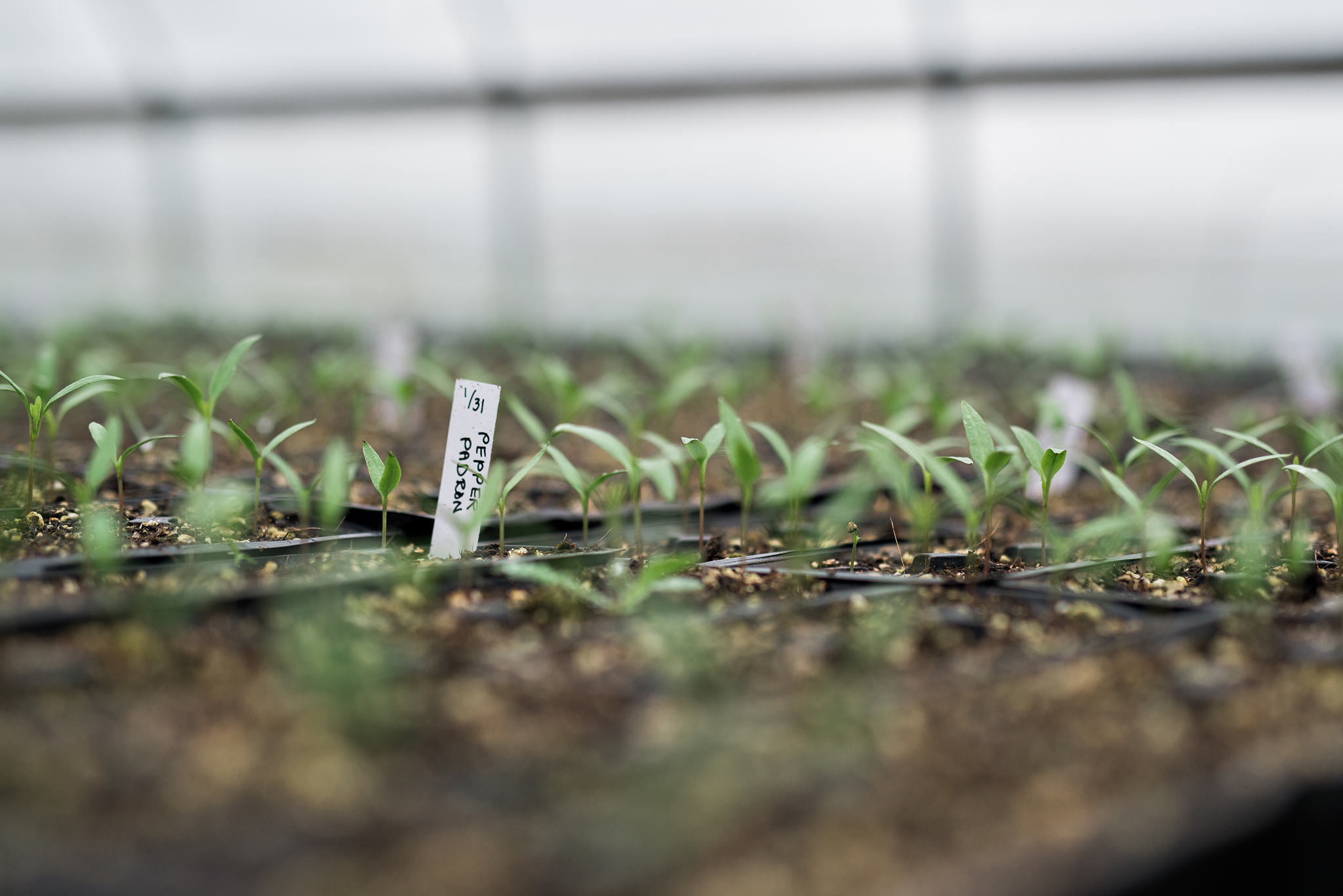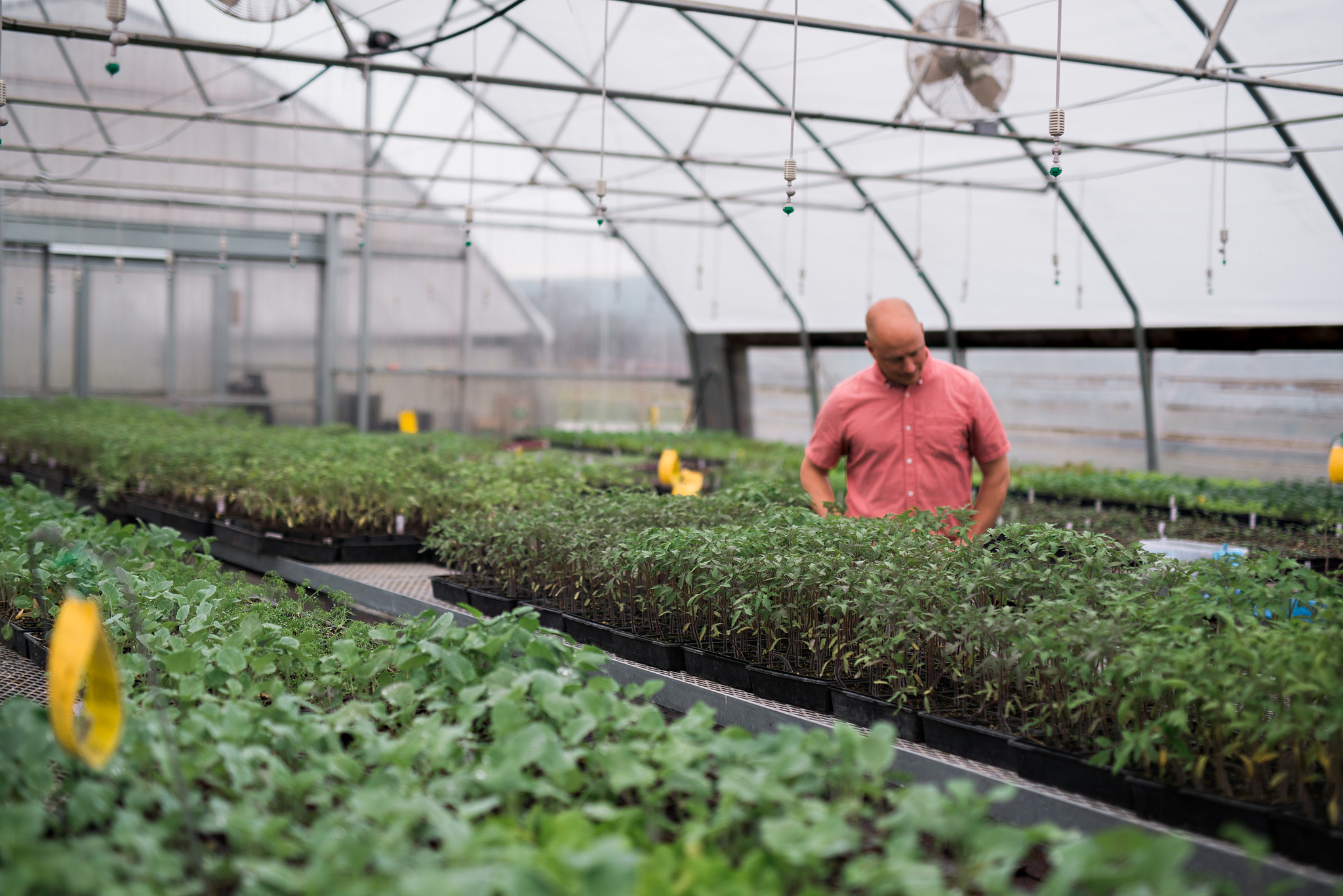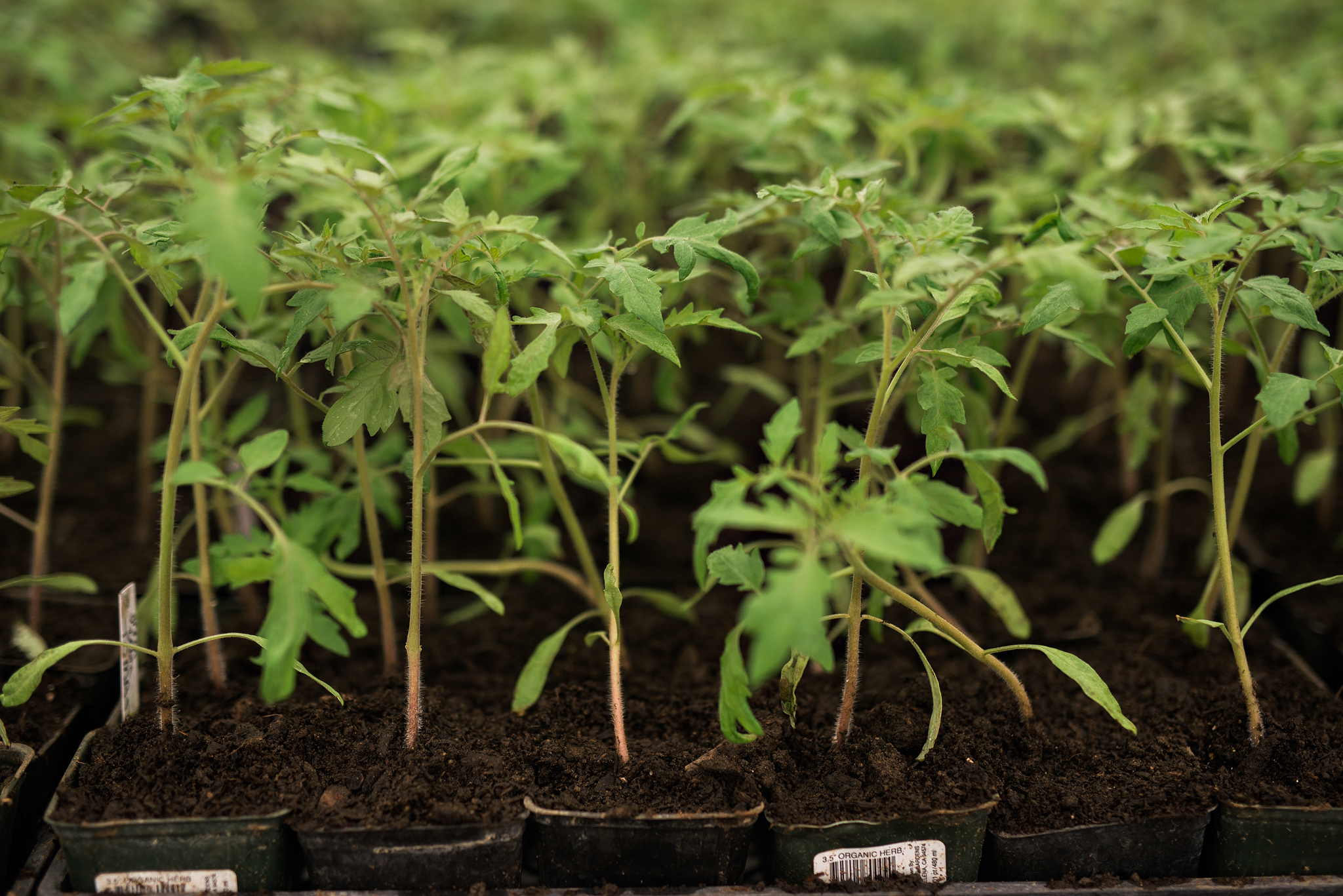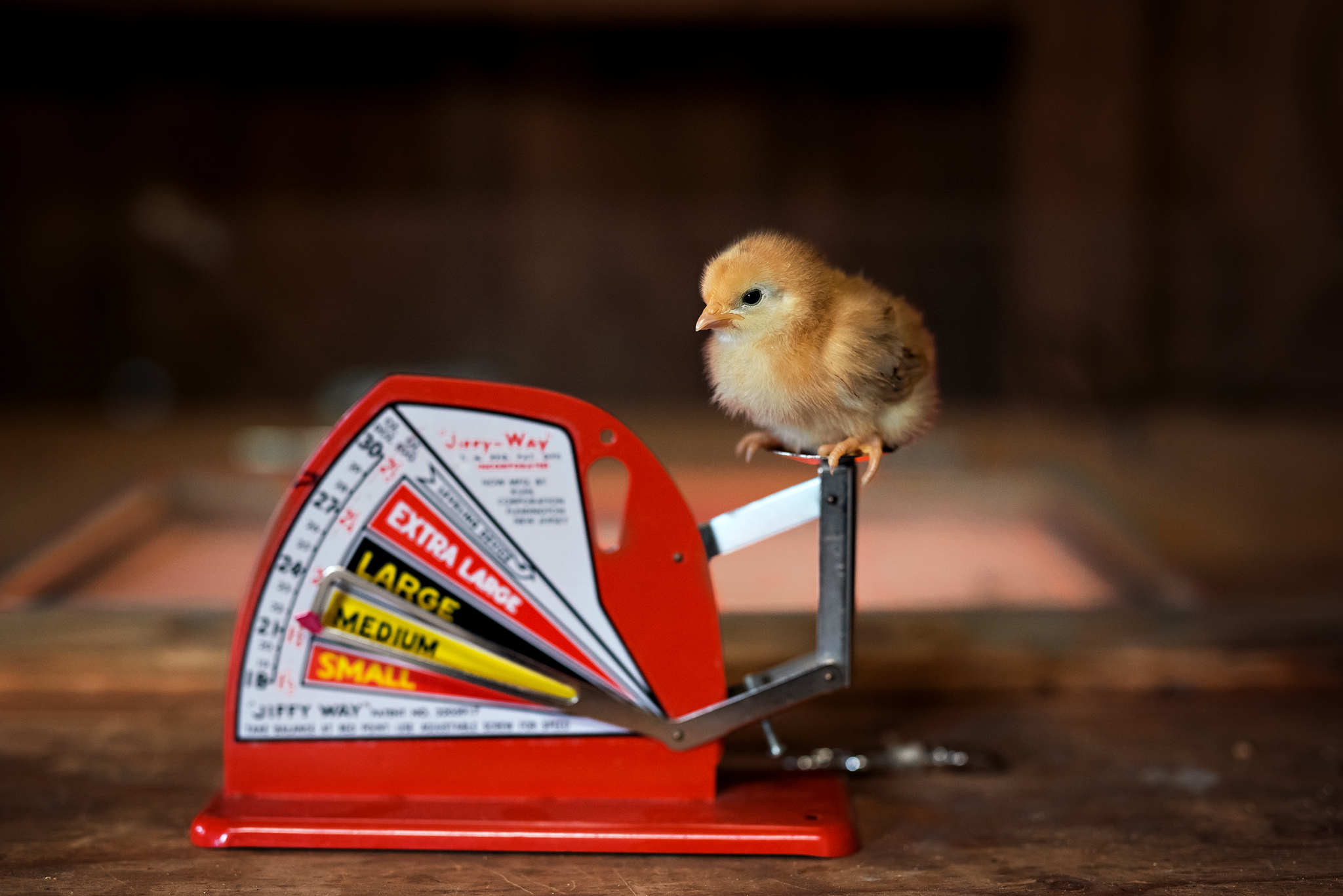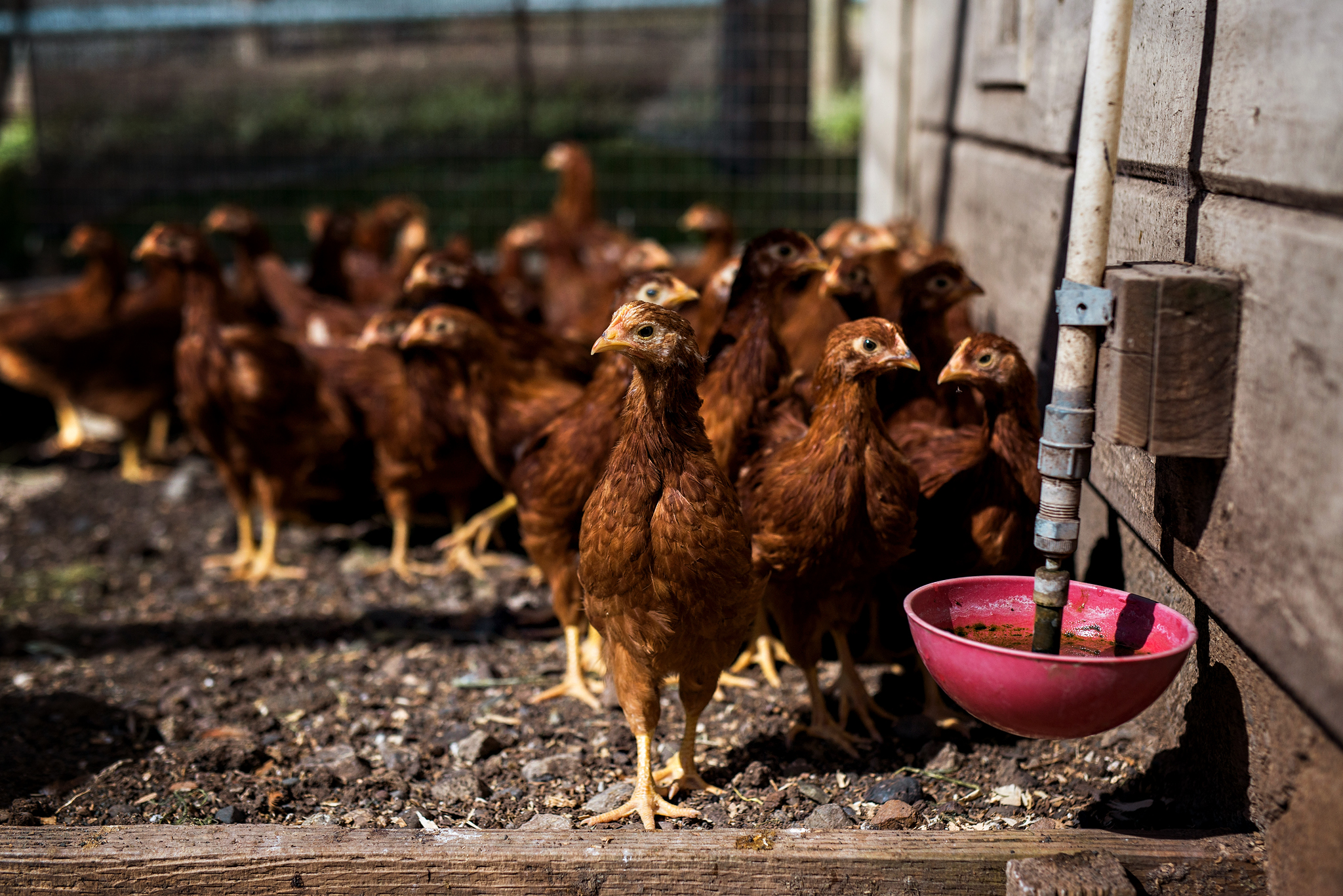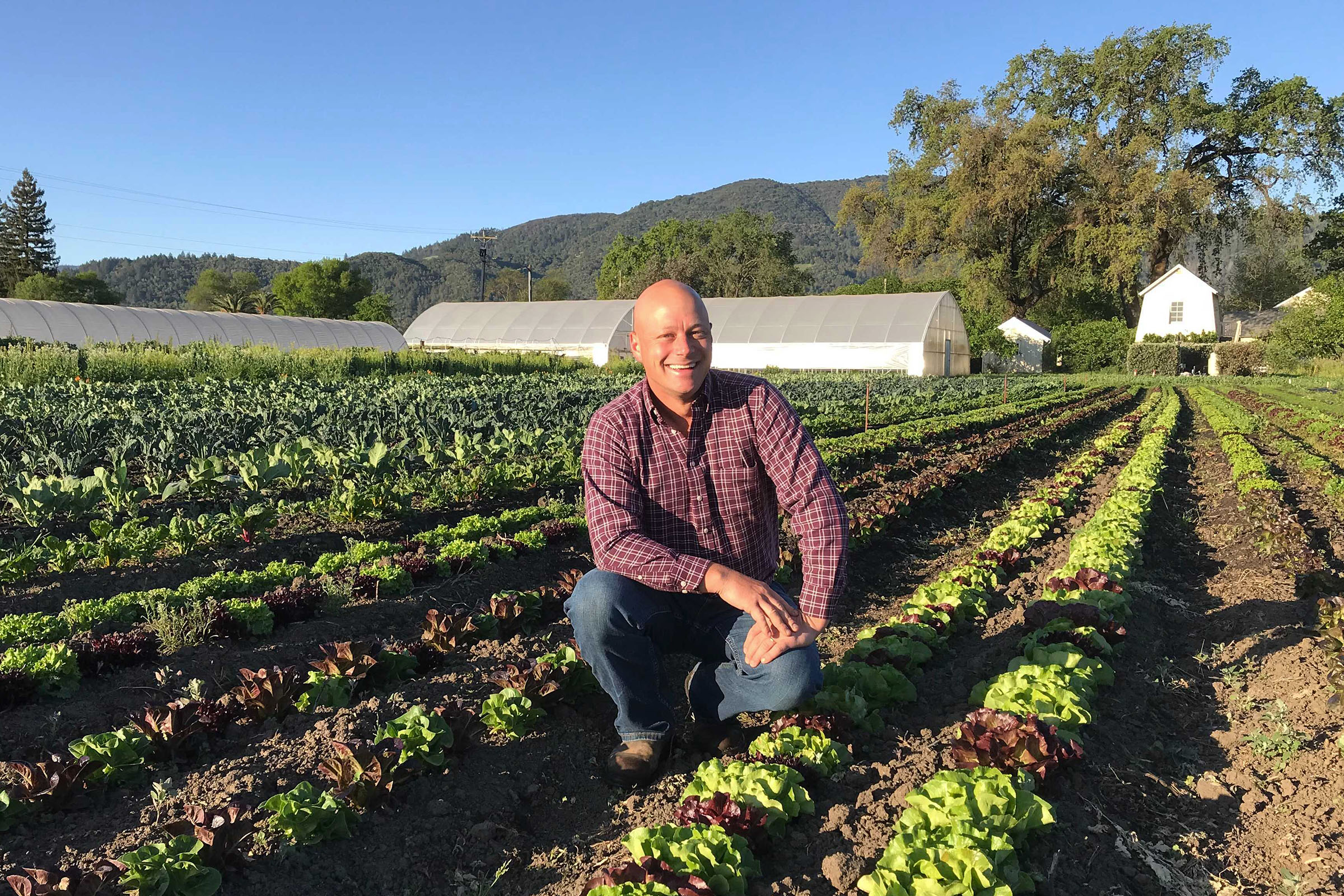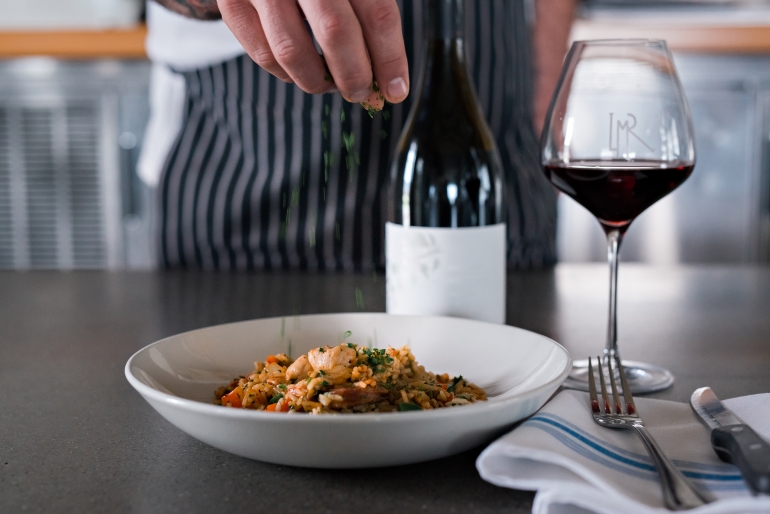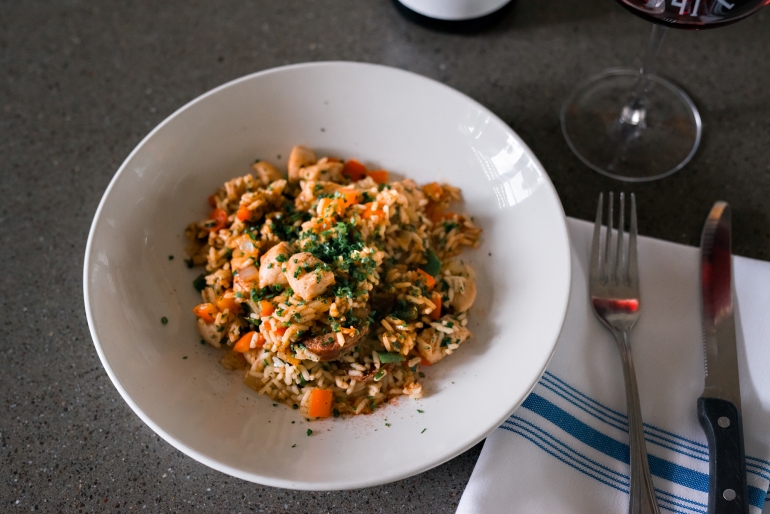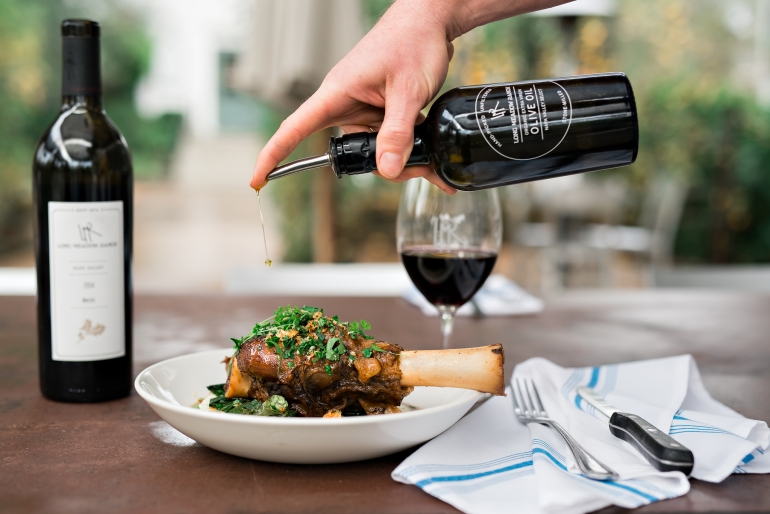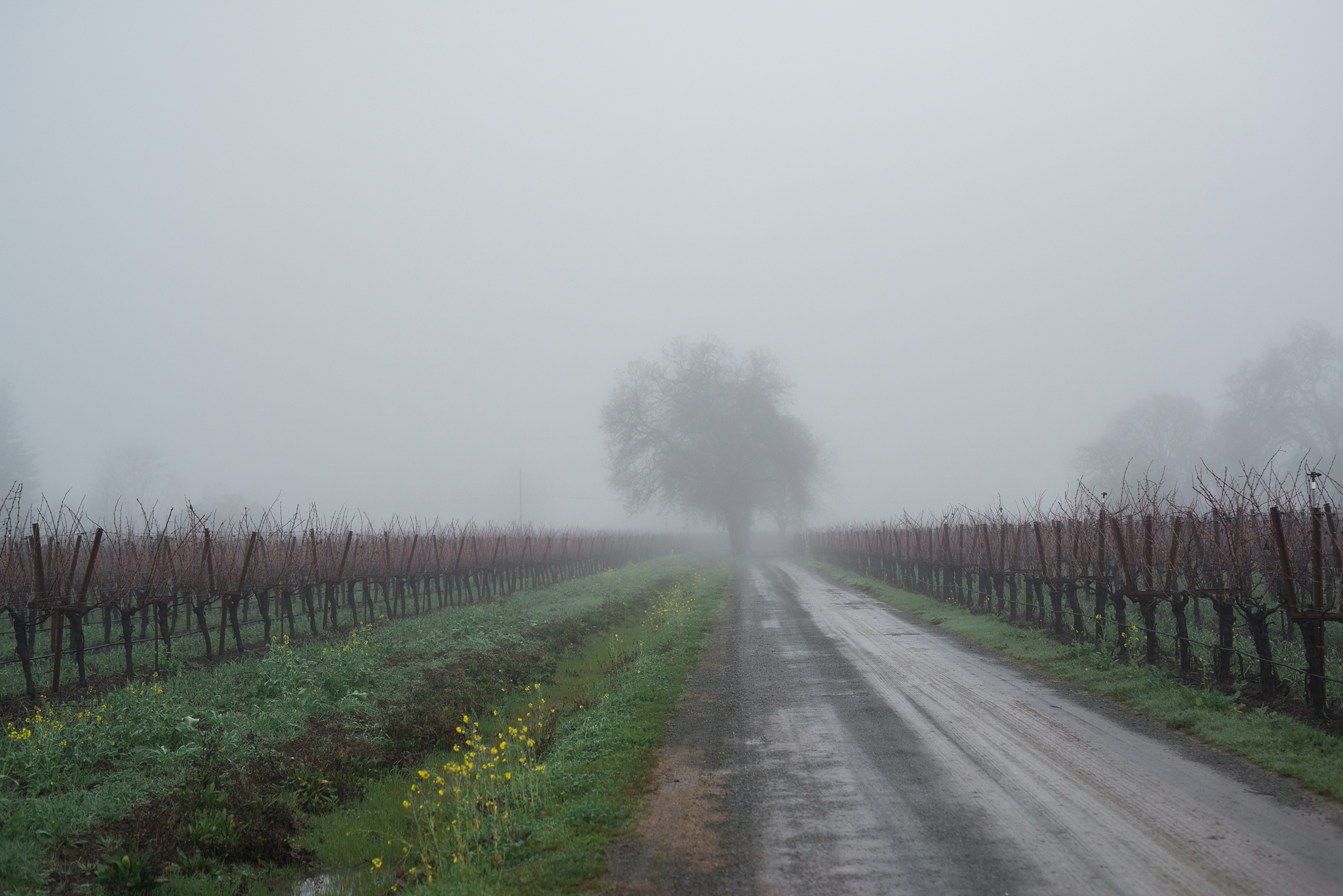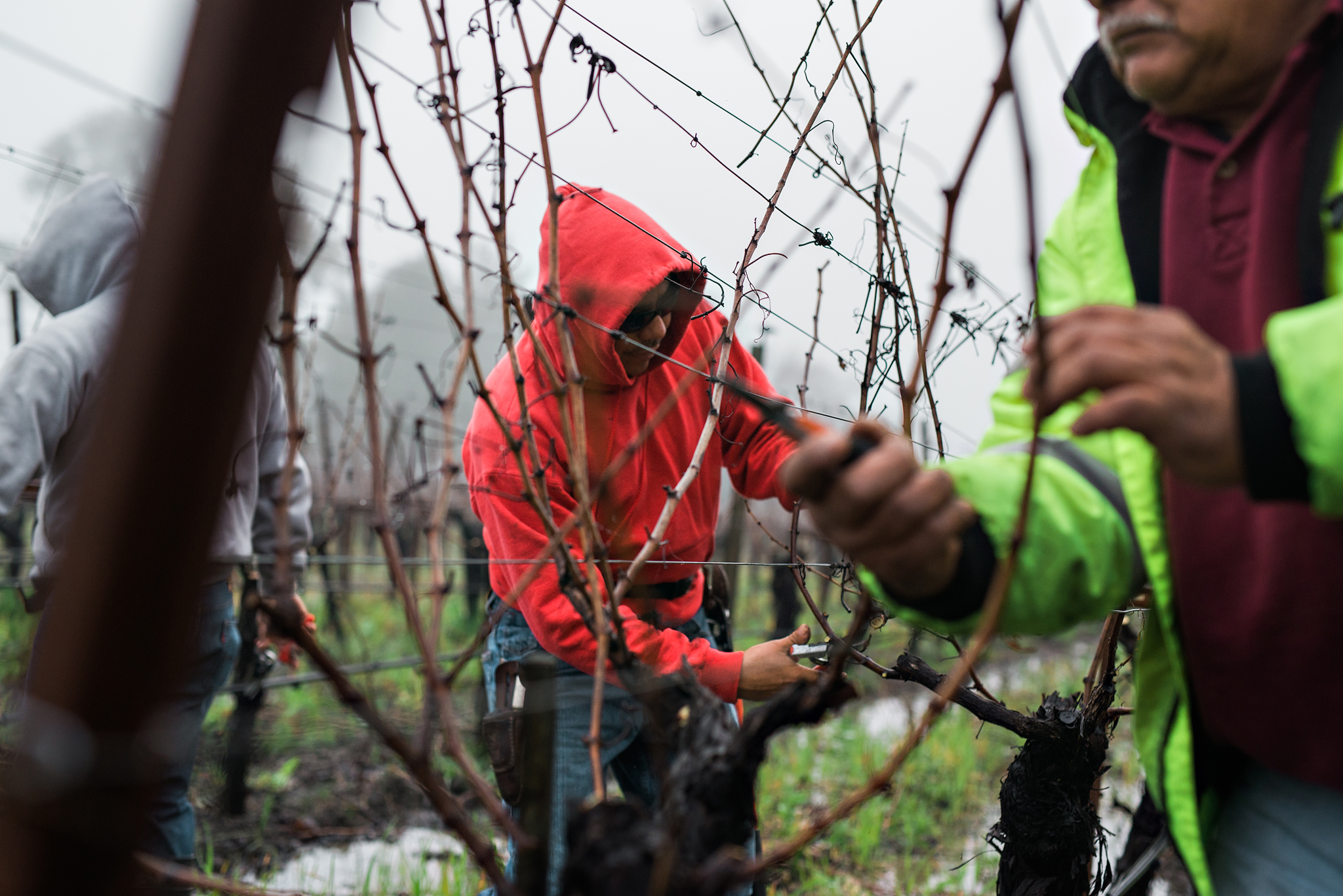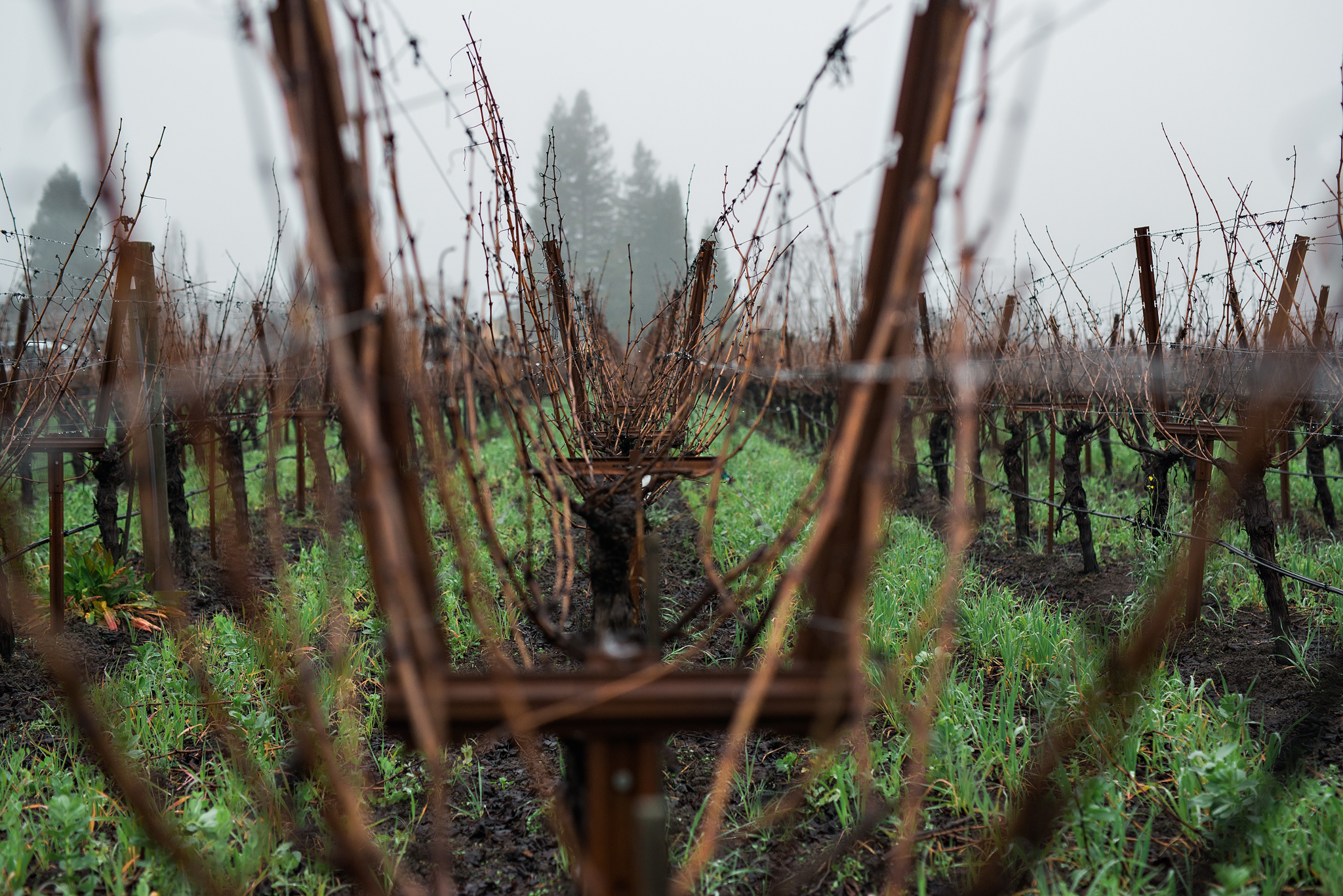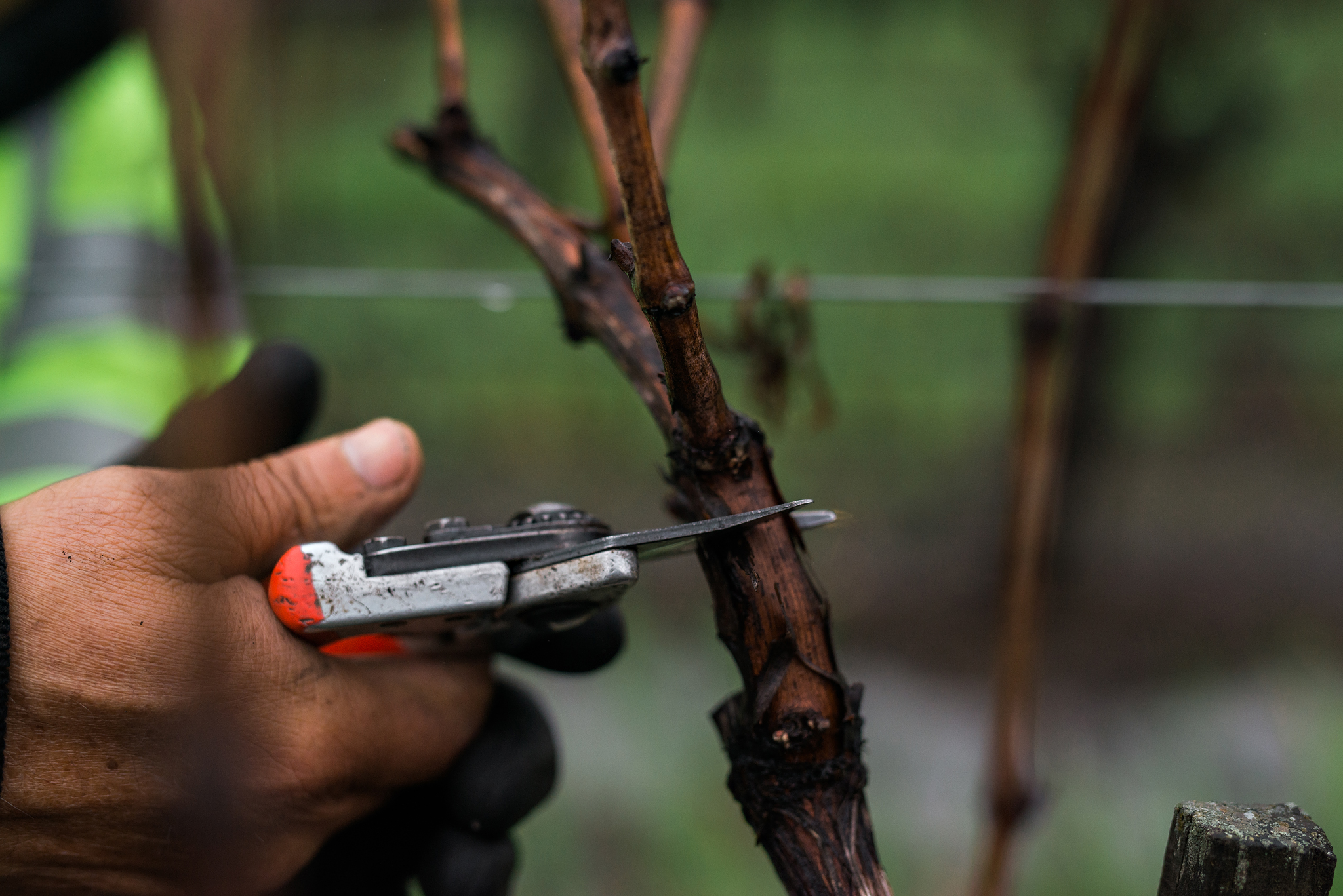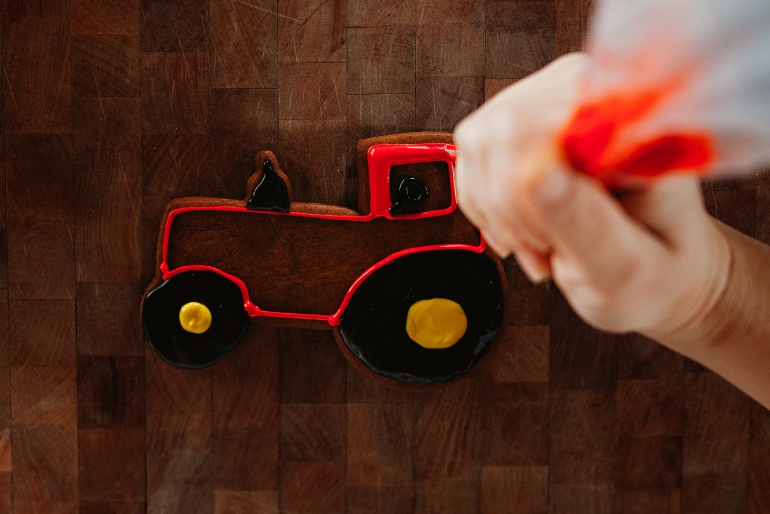Arancini Di Agnello
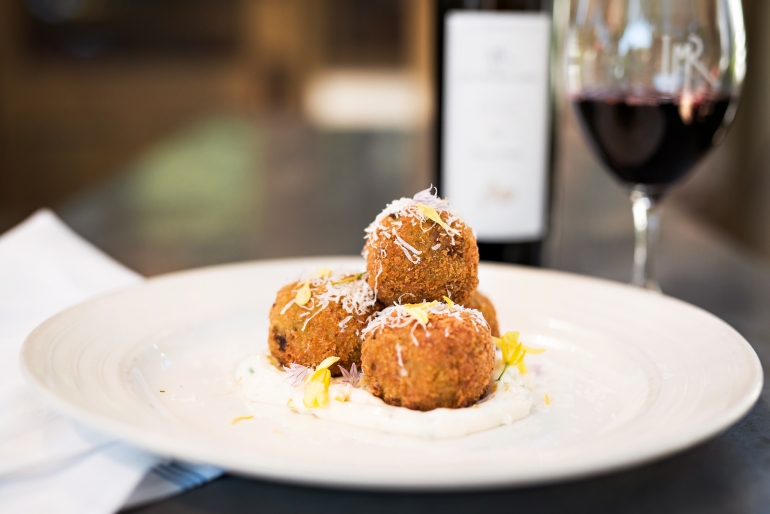
Arancini di Agnello
Pair with Long Meadow Ranch Cabernet Sauvignon, Napa Valley
E.J. Church Sangiovese, Napa Valley
INGREDIENTS FOR THE ROASTED LAMB
- 1 ea lamb shoulder, whole bone in 5-7 lbs
- 2 tbs fennel seed
- 2 tbs salt
- 1 tbs cumin seed
- 1 tbs coriander seed
- 1 Tbs paprika
- 1/2 tsp chili flakes
- 3 sprigs rosemary, chopped
- 1/2 cup of EVOO
INGREDIENTS FOR GREEN GARLIC PUREE
- 1 bunch green garlic tops
INGREDIENTS FOR THE RICE
- 8 cups chicken or vegetable broth
- 1/2 cup finely chopped onion
- 1/4 cup olive oil
- 3 cups arborio rice
- 2 garlic cloves, minced
- 1 cup dry white wine or water
- 1/2 cup shredded Parmesan cheese
- 1/4 tsp salt
- 1/4 tsp pepper
INSTRUCTIONS
LAMB
- Process seeds in a spice grinder or mortar and pestle. Drizzle in olive oil and add chopped rosemary and remaining ingredients. Rub lamb shoulder and let sit for 2-4 hours.
- Heat oven to 375 F and roast until it develops a nice crust (around 1 ½- 2 hours), next turn the oven down to 225 F, wrap the shoulder or cover if using a dutch oven and slow roast until falling off the bone. Depending on the size this could take another 2-3 hours.
- Once the lamb is cooled enough, shred and lightly chop the meat. It may require some more seasoning. You can add more of the rub or just salt.
- ALTERNATIVE: You could also use the braised lamb shanks from our recipe.
GREEN GARLIC PUREE
- Chop the tops into 1/8th inch pieces and rinse in cold water to remove any dirt. While cleaning start a pot of water boiling and add enough salt to taste almost like seawater.
- Once boiling add the green garlic tops and cook about 5 minutes til the are very soft. Immediately place in ice to cool.
- In a blender add the green garlic and some of the melted ice water, just enough to make the blender catch and spin. Blend on high for 5 minutes until it begins to steam.
- Once steaming, blend for 1 more minute and then chill immediately. We recommend 2 bowls, with ice water in the bottom one.
RICE
- In a large saucepan, heat broth and keep warm. In a Dutch oven, sauté onion in oil until tender. Add rice and garlic; cook and stir for 2-3 minutes. Reduce heat; stir in wine. Cook and stir until all of the liquid is absorbed.
- Add heated broth, 1/2 cup at a time, stirring constantly and allowing the liquid to absorb between additions. Cook just until risotto is creamy and rice is almost tender, about 20 minutes. Add the remaining ingredients; cook and stir until heated through.
- Fold in green garlic puree, spread out on a cookie sheet and let cool.
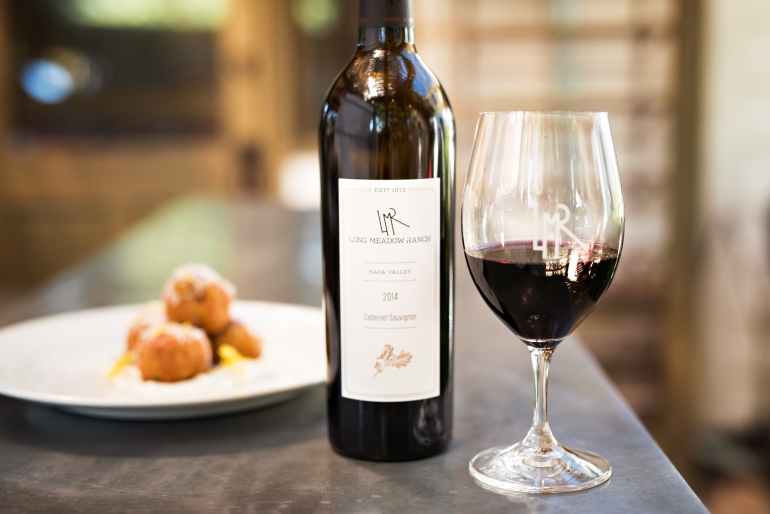
ASSEMBLY
- Next, we will use a culinary technique known as standard breading which includes three steps: dredging in flour, moistening in egg wash (beaten egg plus a tablespoon or two of water or milk), then coating in crispy breadcrumbs like Panko.
- The quantities will depend on how large your lamb shoulder is.
On average:
- 2 cups all-purpose flour
- 6 eggs
- 3- 4 cups Panko bread crumbs
TO ASSEMBLE
- Portion rice using a cookie scoop or spoon to even sized balls about 1 inch in diameter.
- Flatten to a disc and place a small amount of roasted lamb in the middle.
- Next form the ball around the lamb and roll until round.
- Once all the balls are formed place in the refrigerator for 2 -4 hours until chilled and set. They will be easier to bread this way.
- Next set up the standard breading station in 3 separate bowls or pans.
- Start by rolling the balls in the flour with one hand, remove and add to the egg wash, with the opposite hand or slotted spoon remove from egg wash and add to breadcrumbs.
- Use your first or dry hand to remove from the breadcrumbs. Basically, you need to dedicate one hand for dry and one for wet to avoid stress during the process.
AIOLI
- The simplified ration for aioli is: 1 egg yolk + 1 cup extra virgin olive oil + 1 teaspoon of crushed garlic
- This ratio can be seasoned with lemon juice, salt, and pepper to yield a simple and traditional Aioli.
- We have added preserved lemon for this recipe which can be made easily at home or purchased. You could play around adding herbs, spices, etc however the recipe above is the base for your creativity.
TO FINISH
- Using a medium size dutch oven or shallow sided stock pot bring blended oil 80/20 (80 % canola & 20 % EVOO) or a rice oil to 350F-375F. Make sure you have enough oil to submerge the arancini.
- Gently lower the arancini into the oil using a slotted spoon being careful not to splatter and fry 3-5 minutes until golden brown and warm throughout.
- Remove from oil and drain on a paper towel to absorb excess oil. Season with some sea salt while warm and enjoy.
